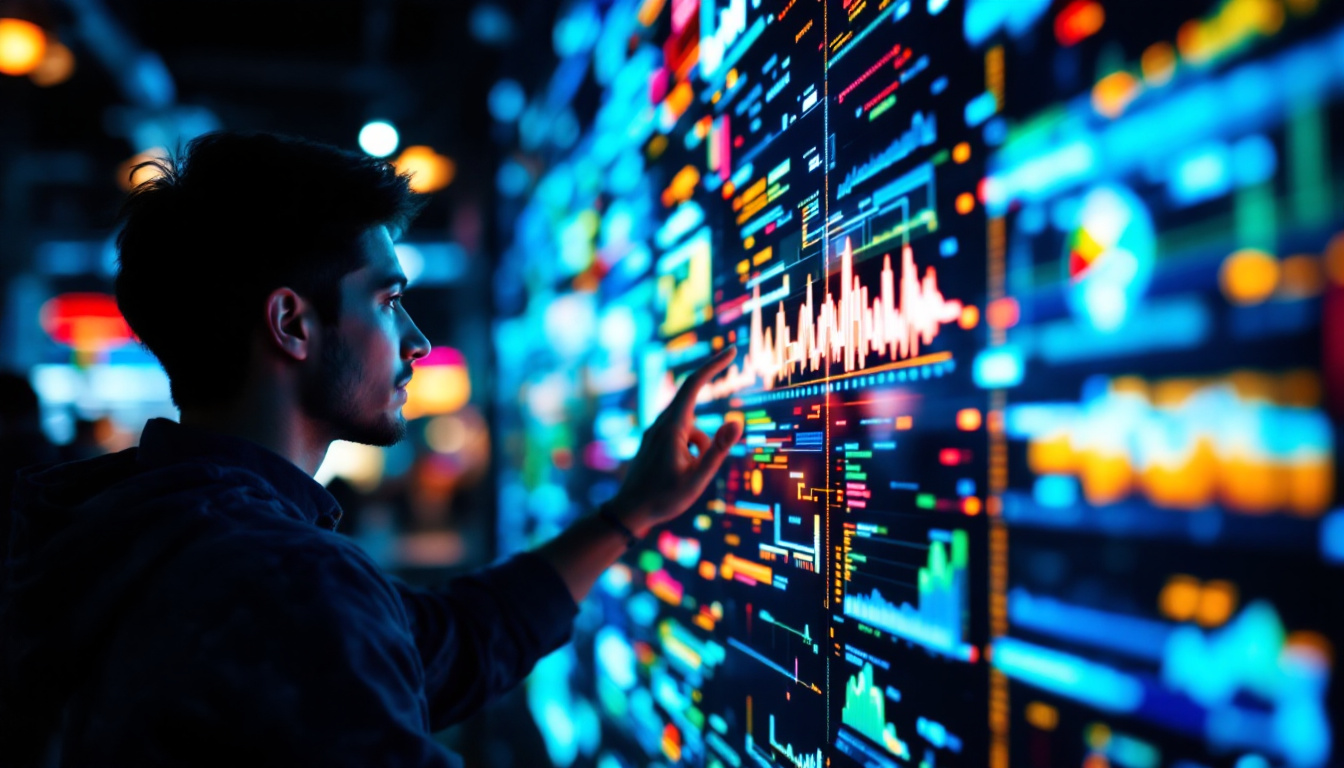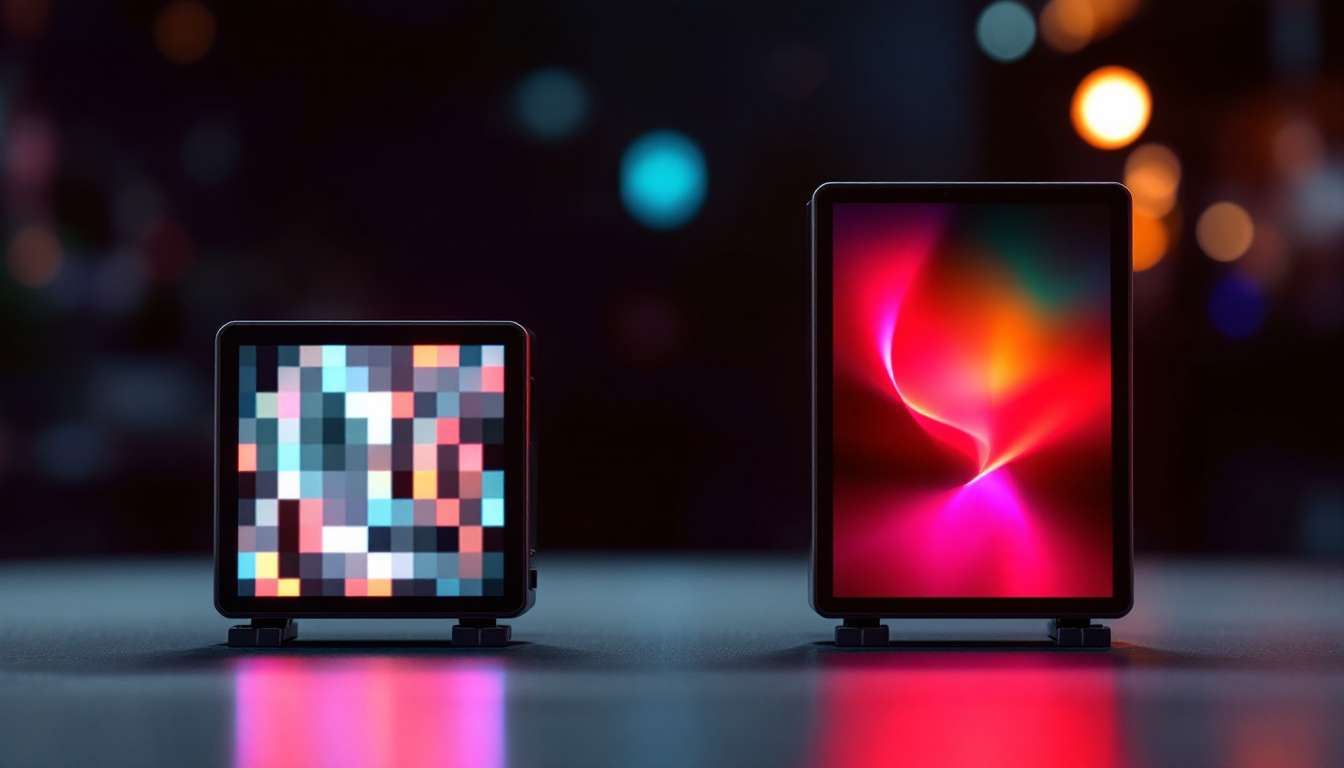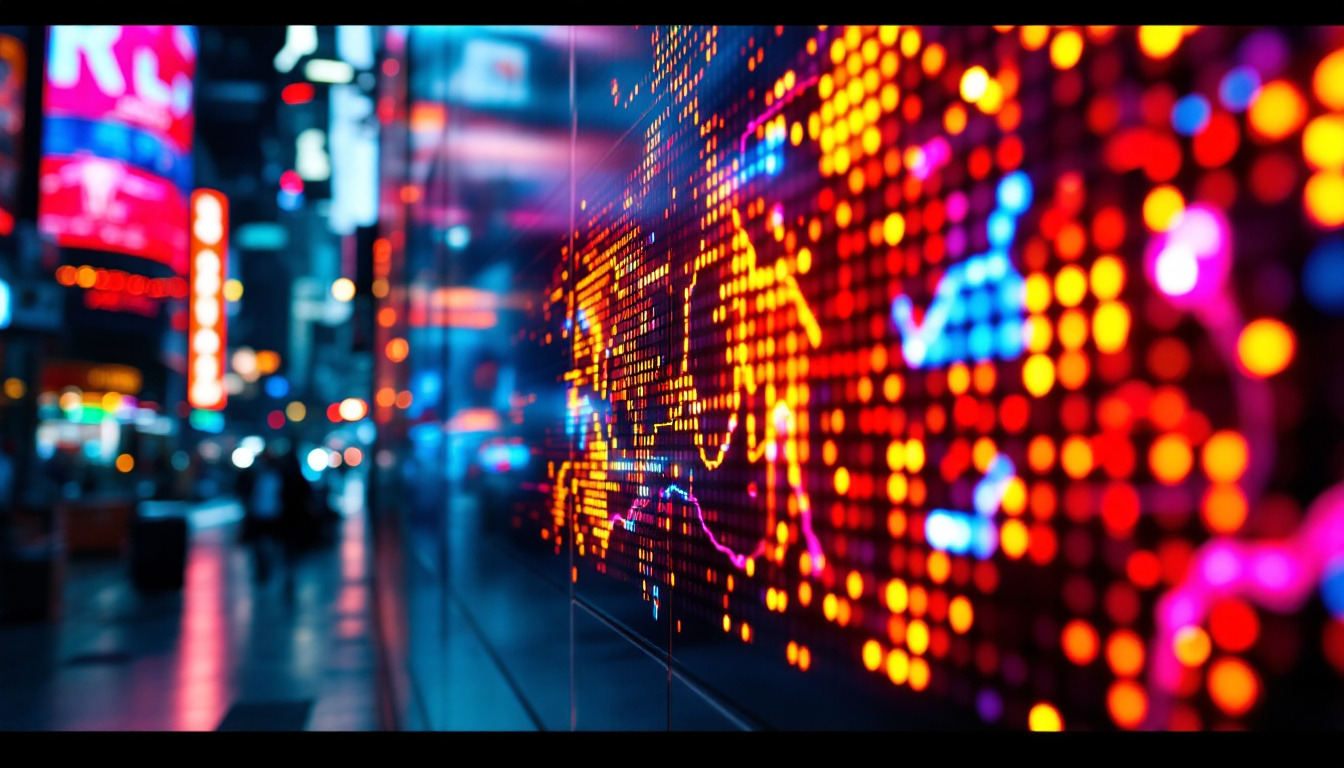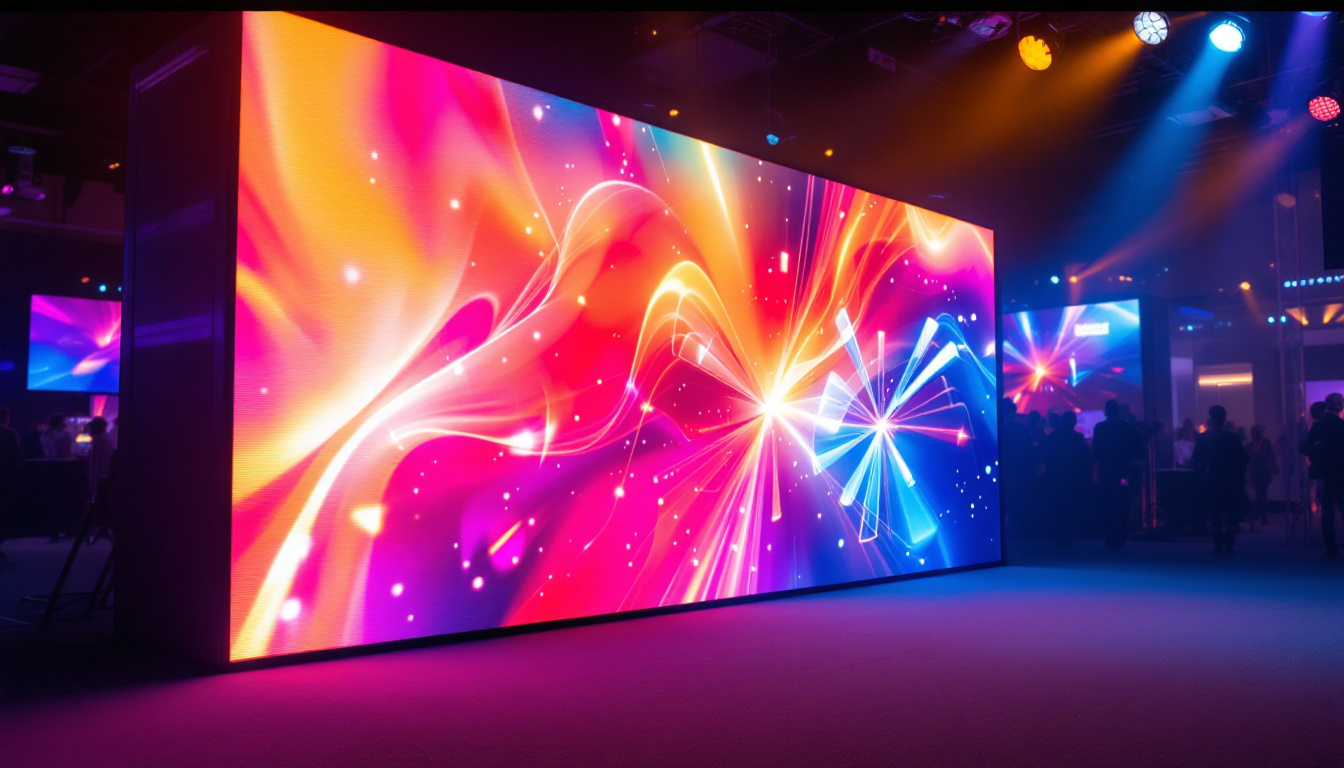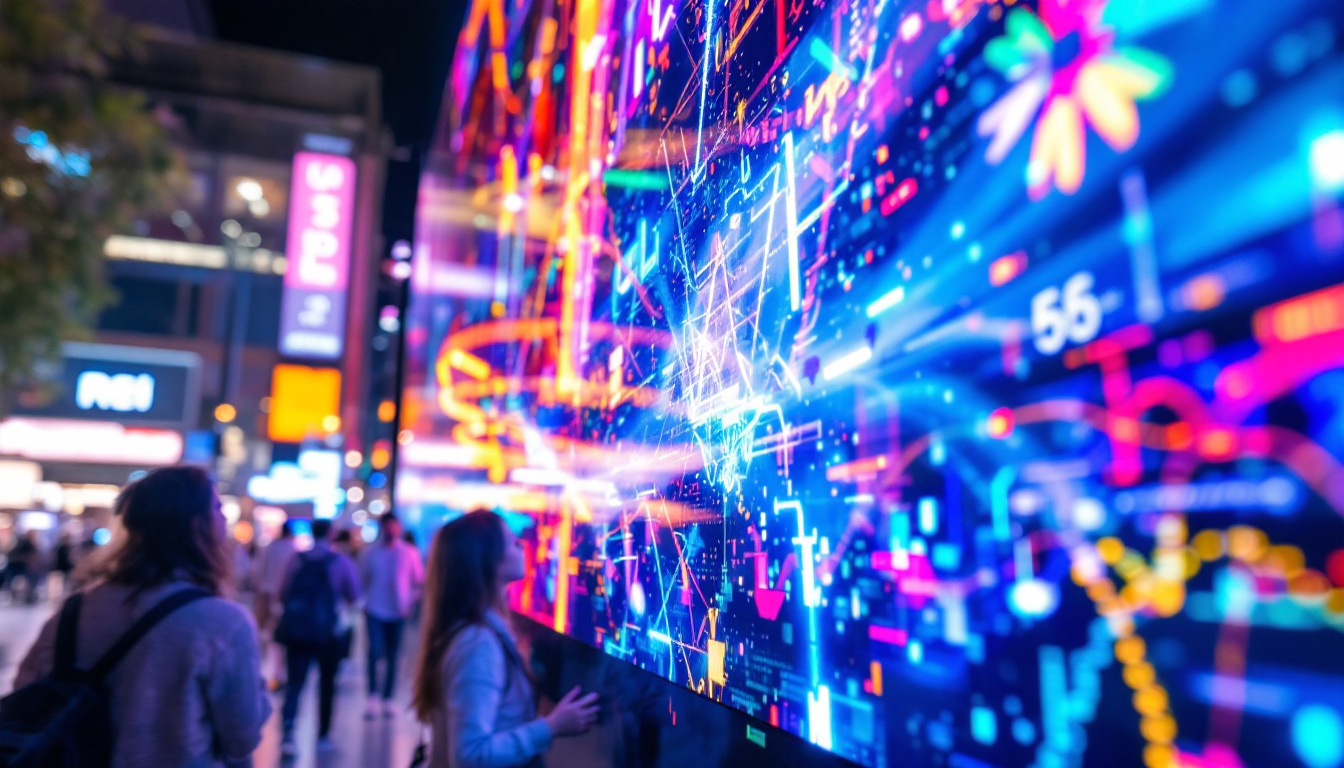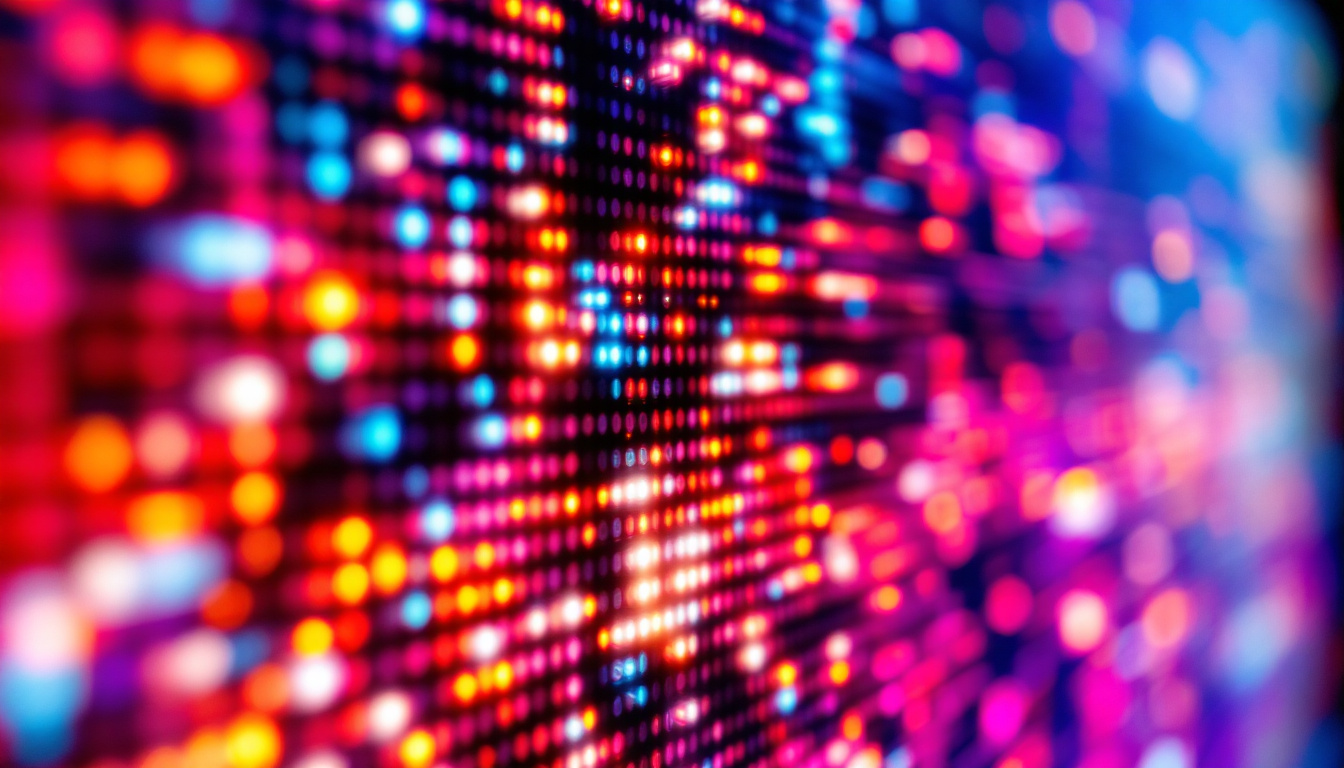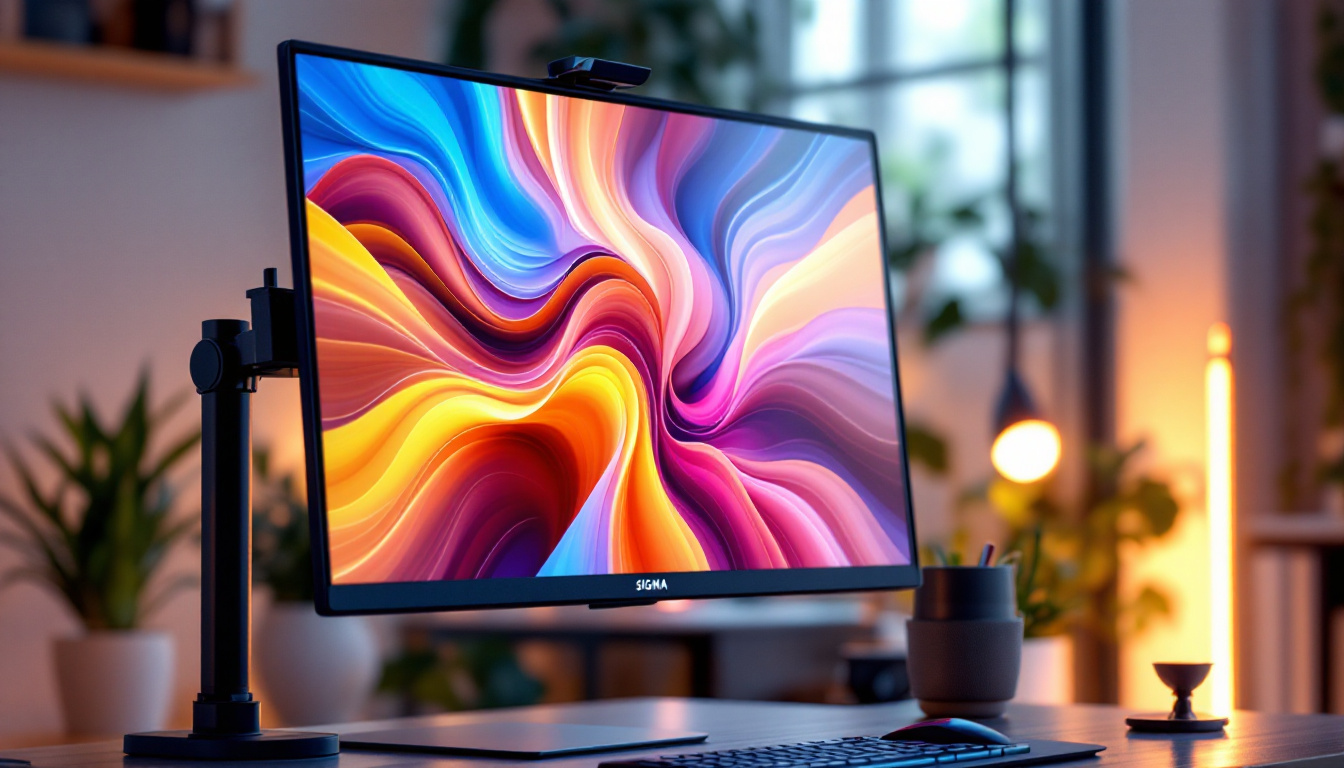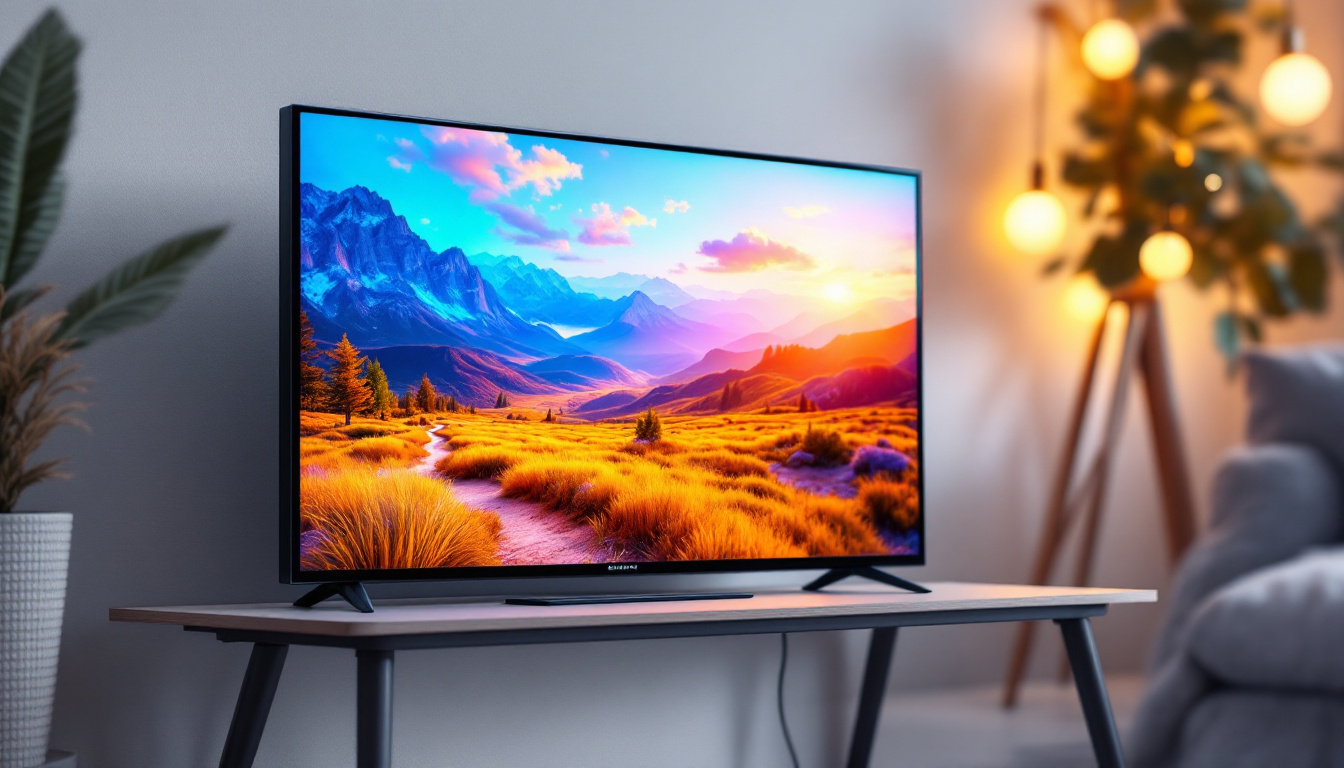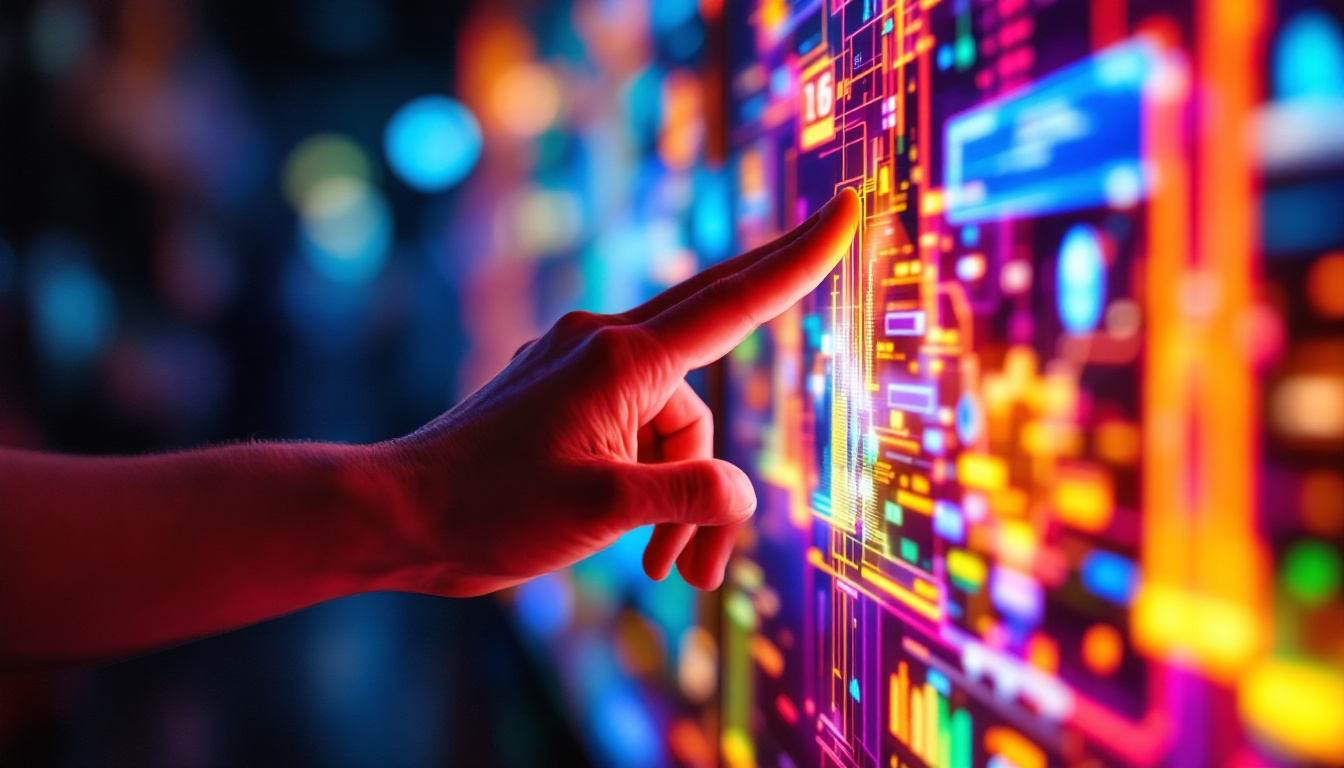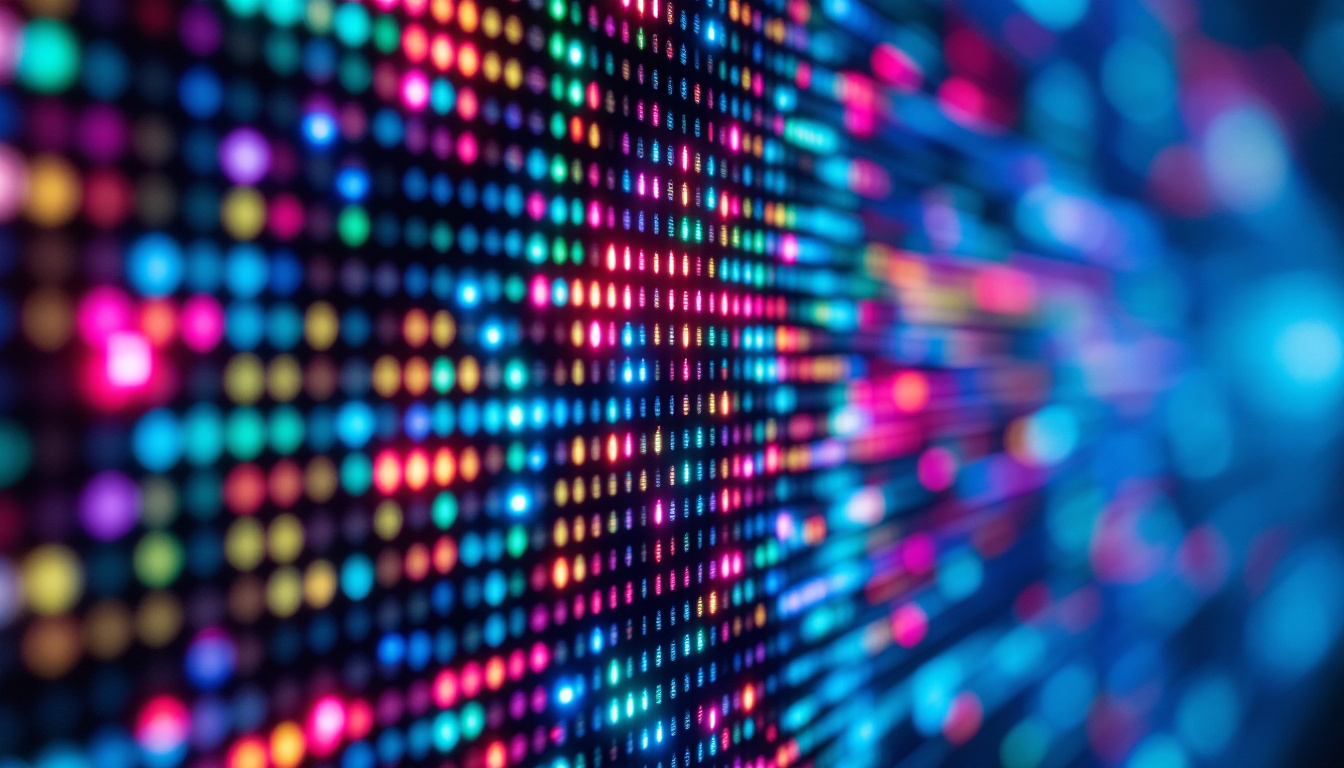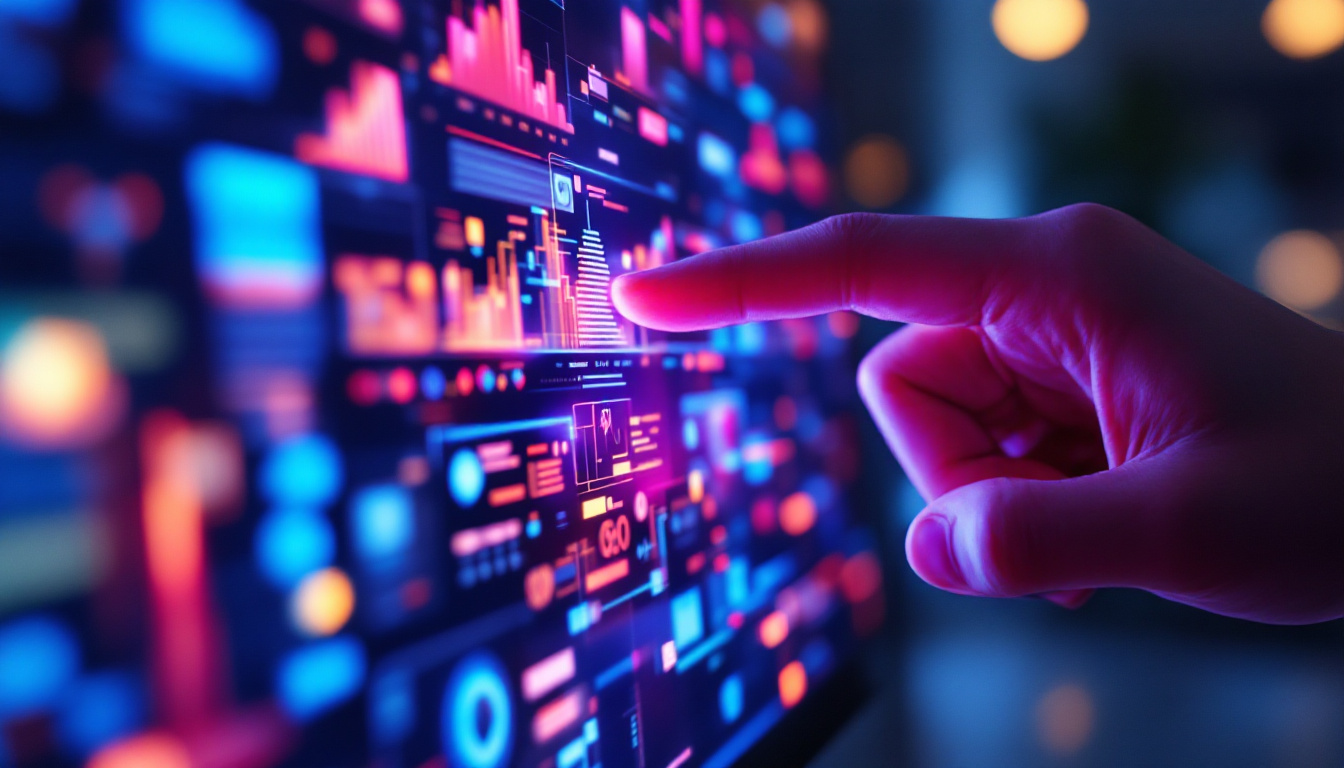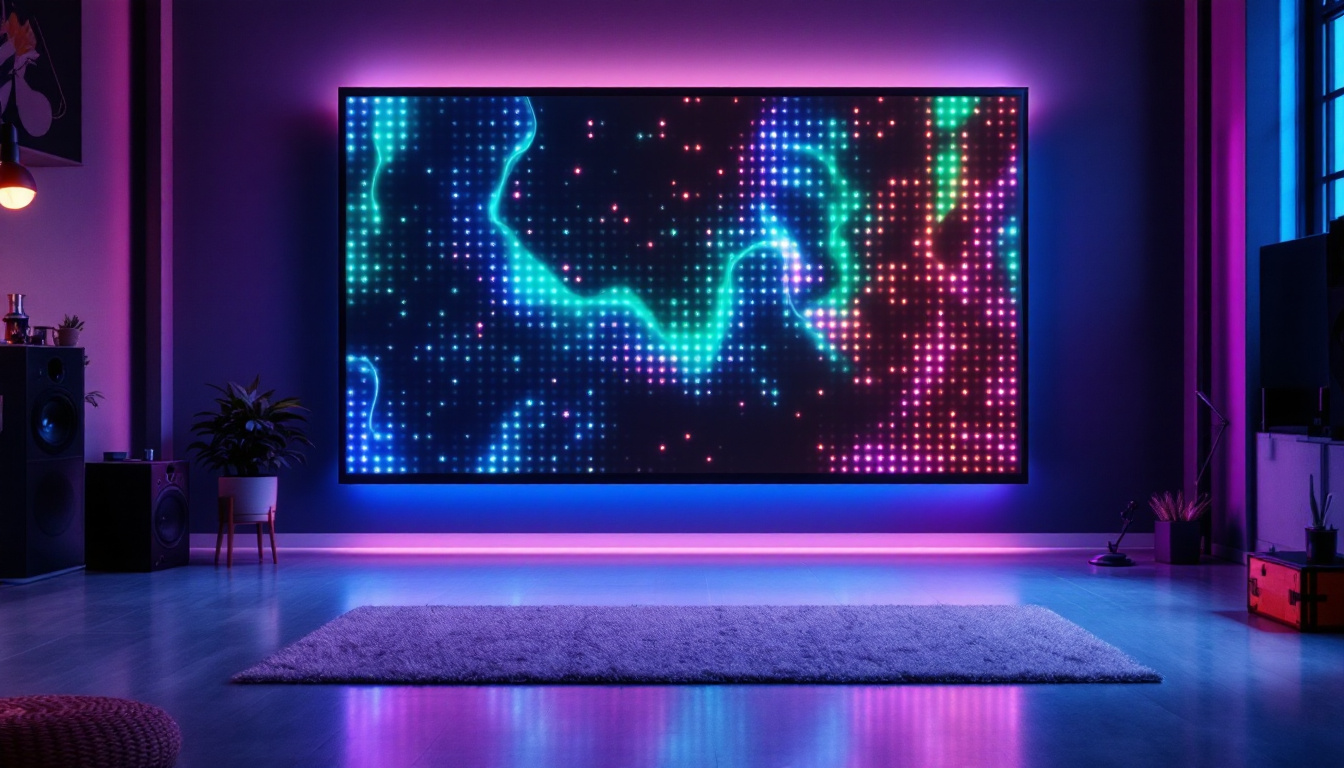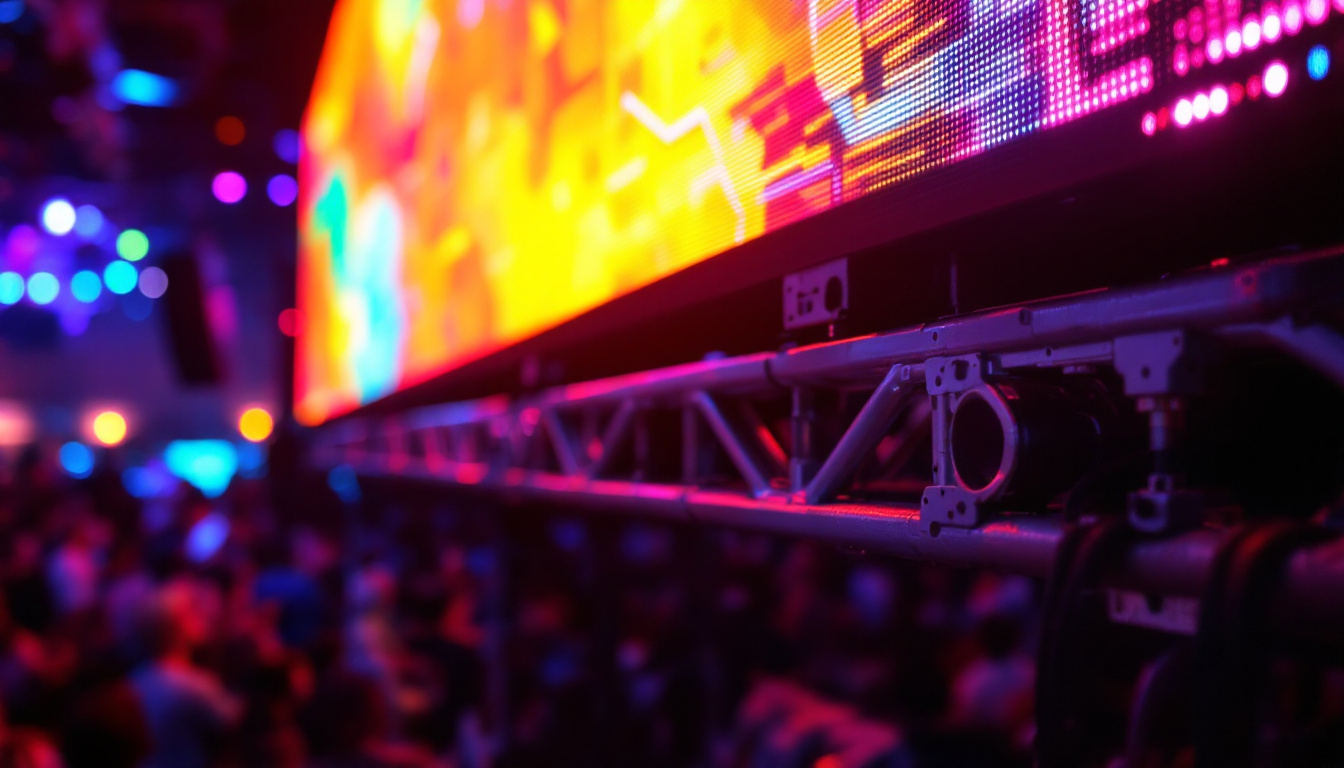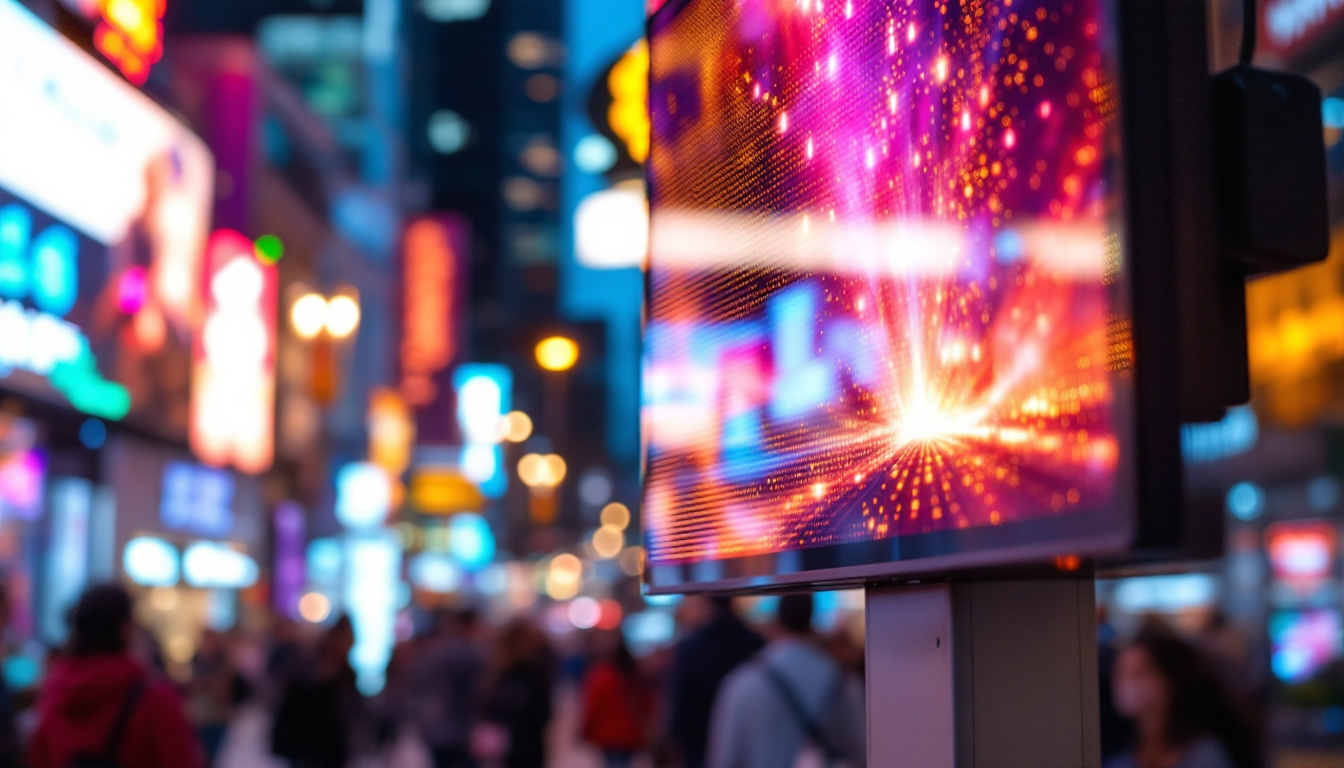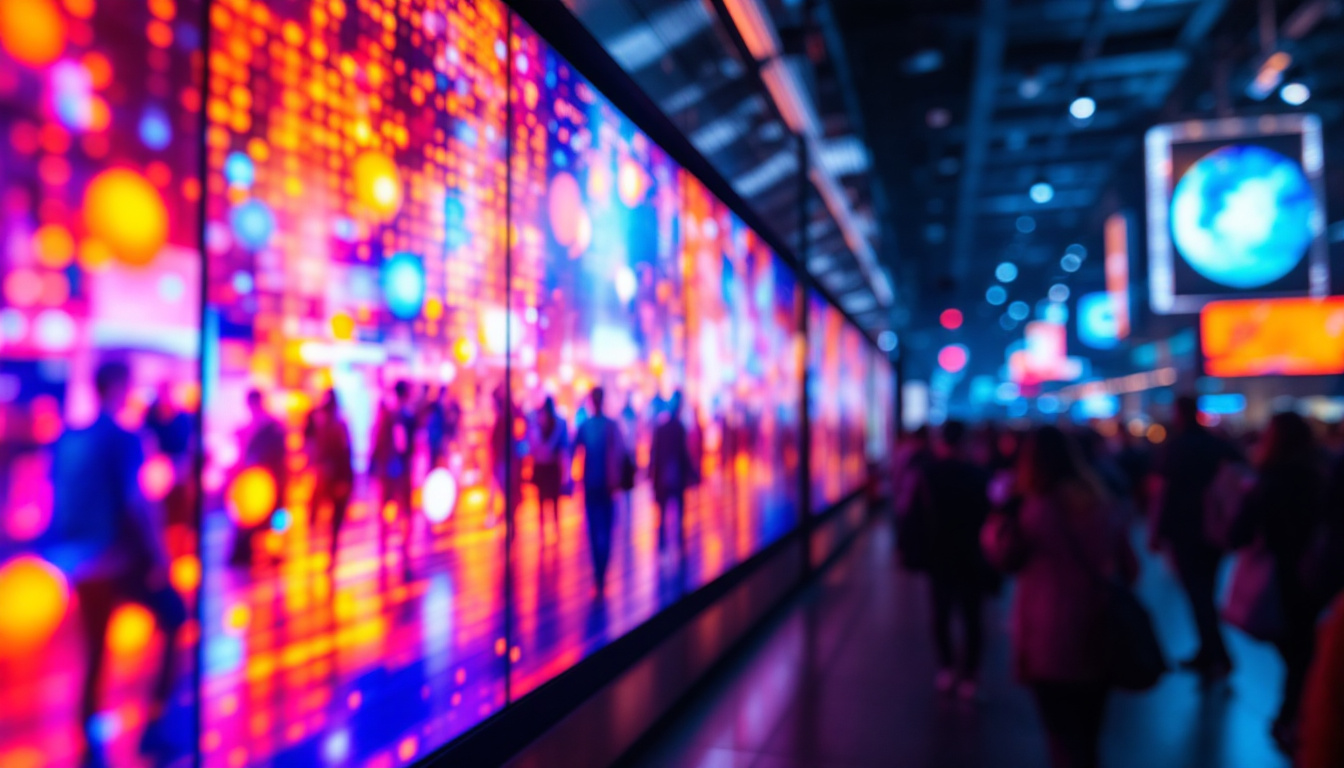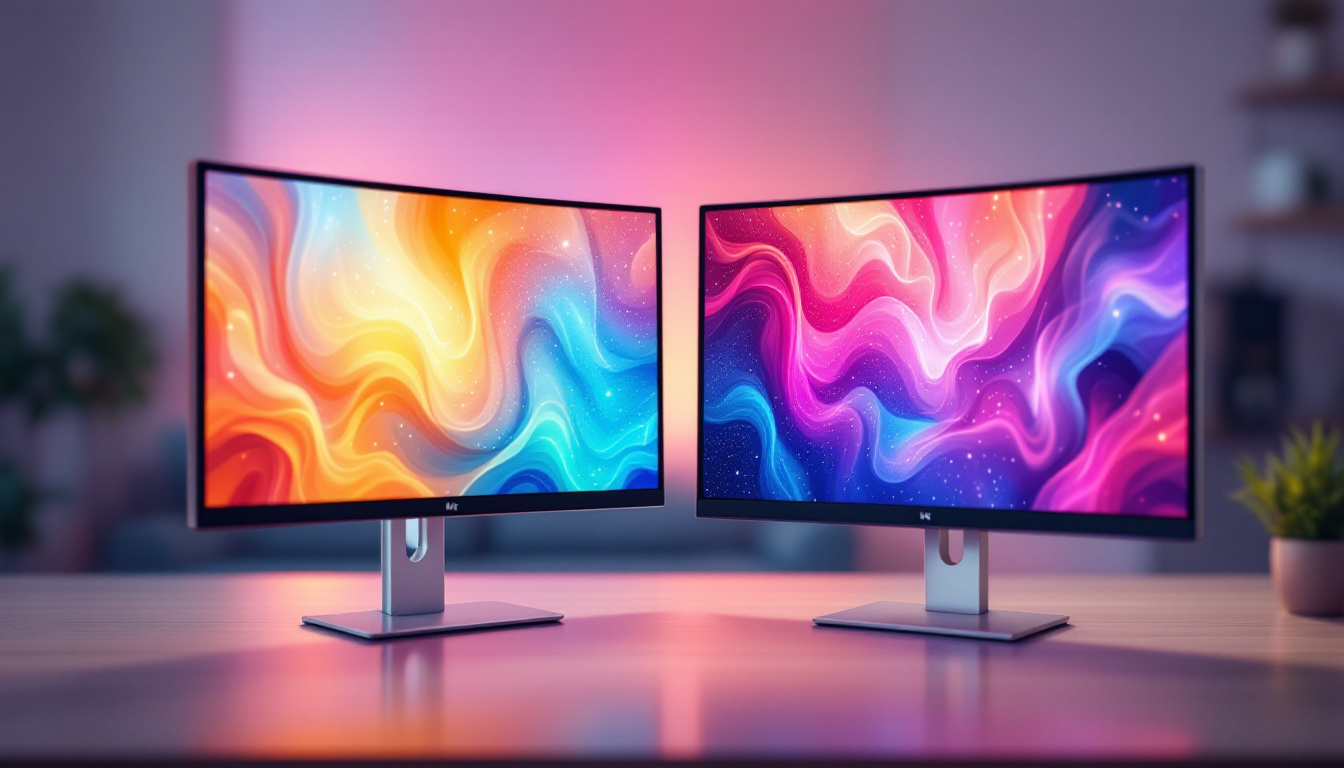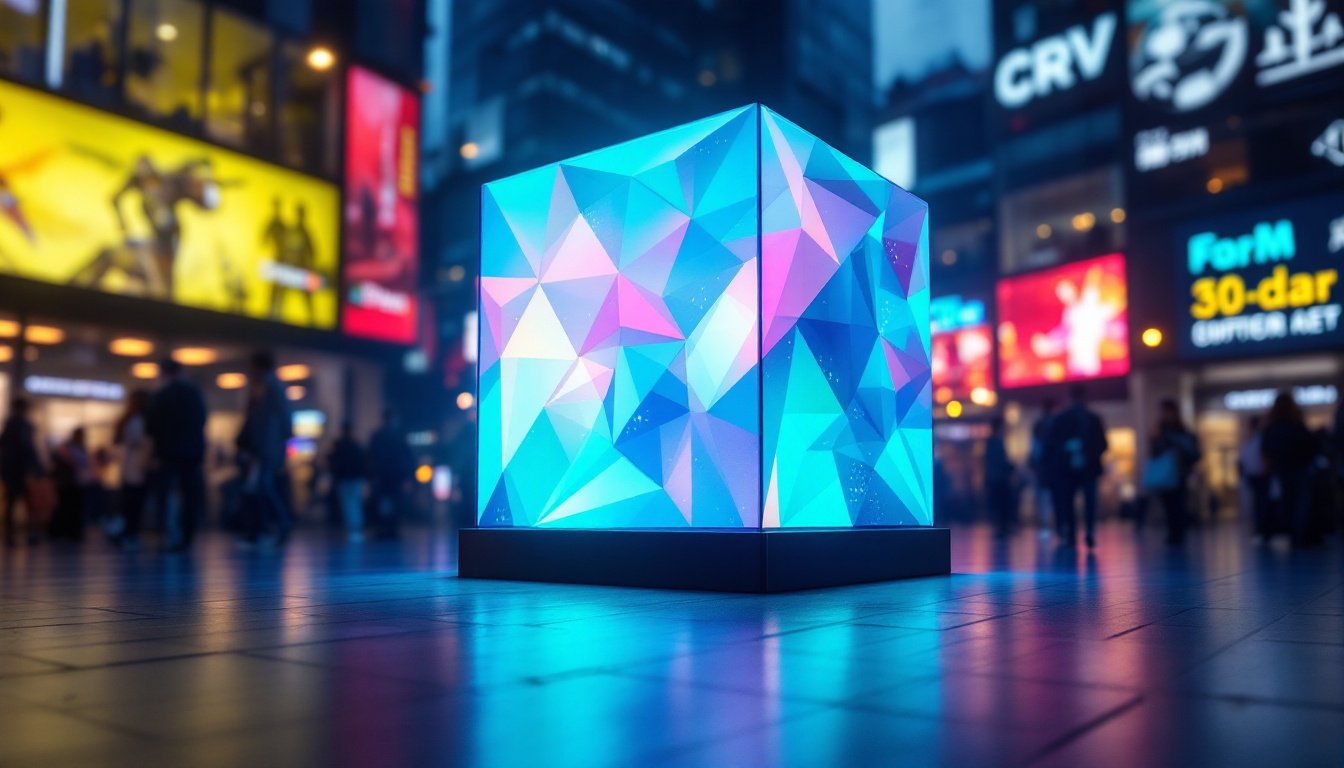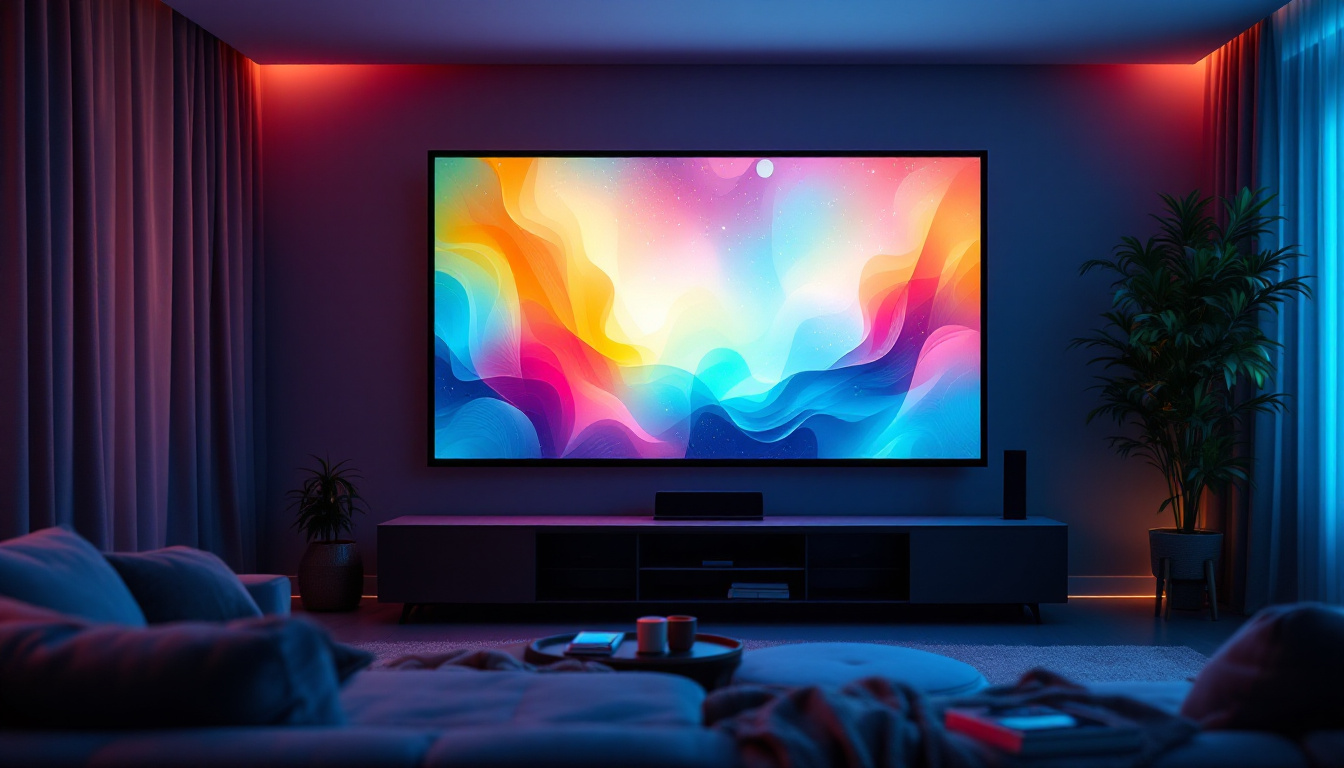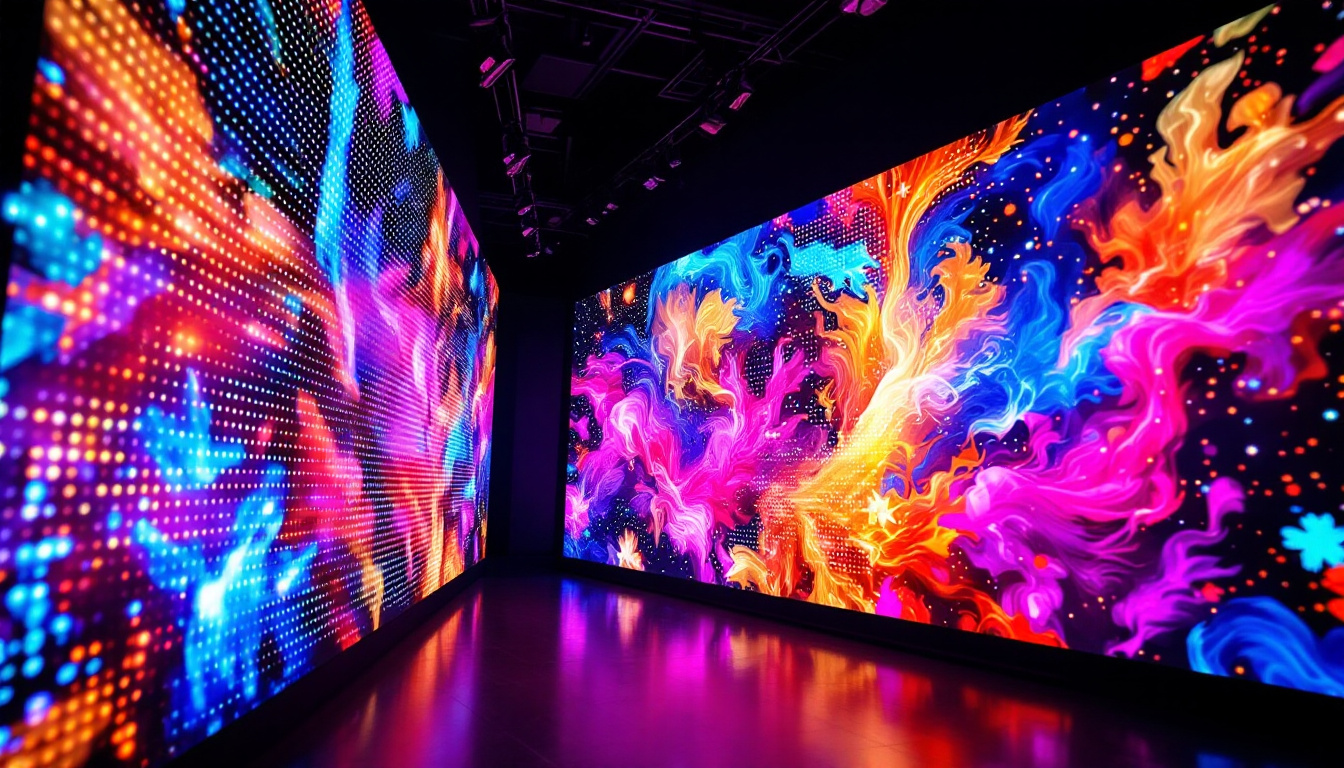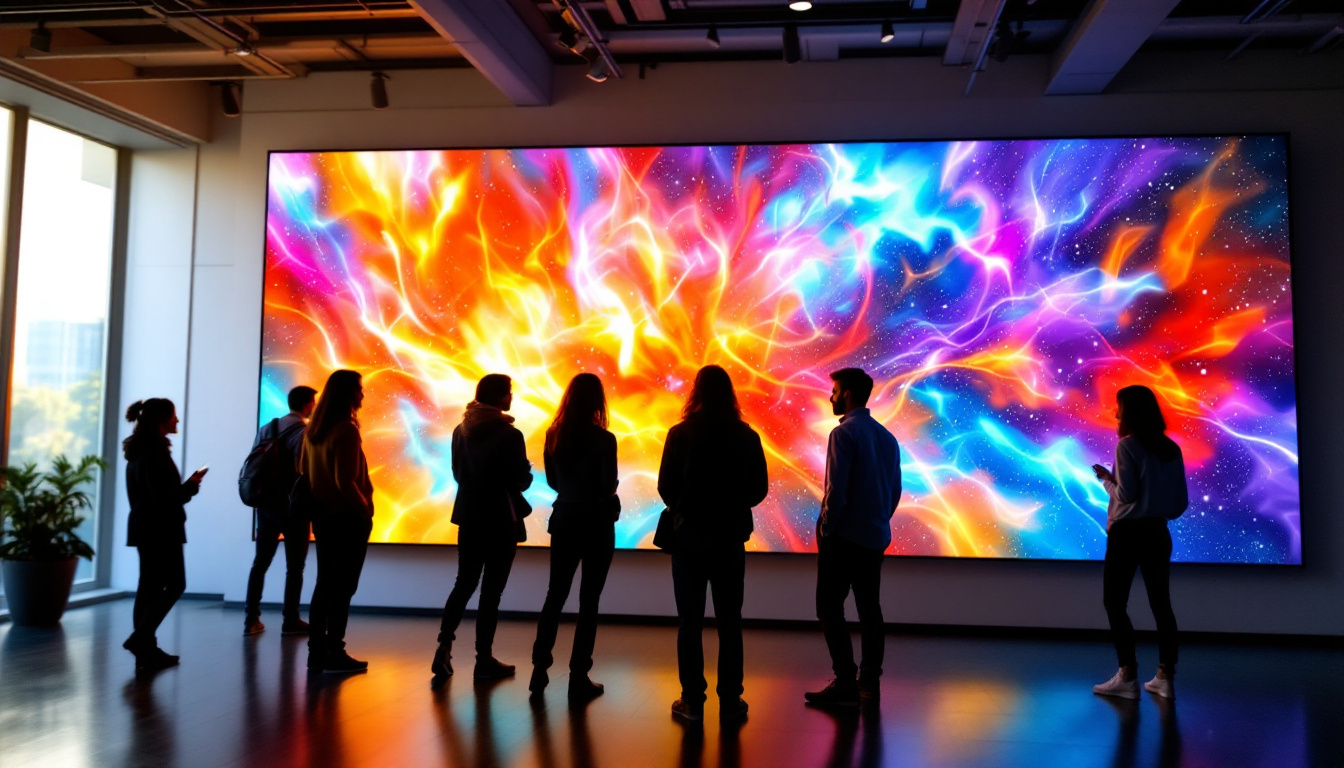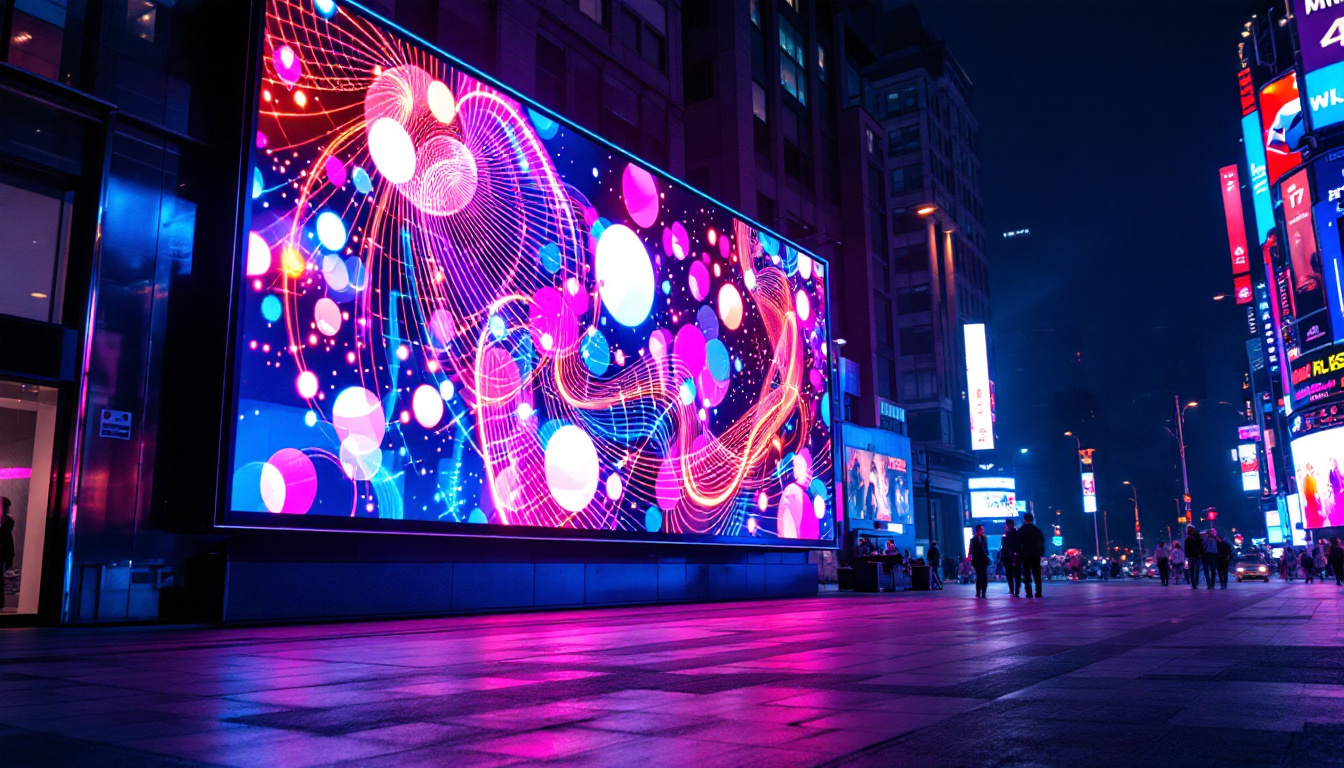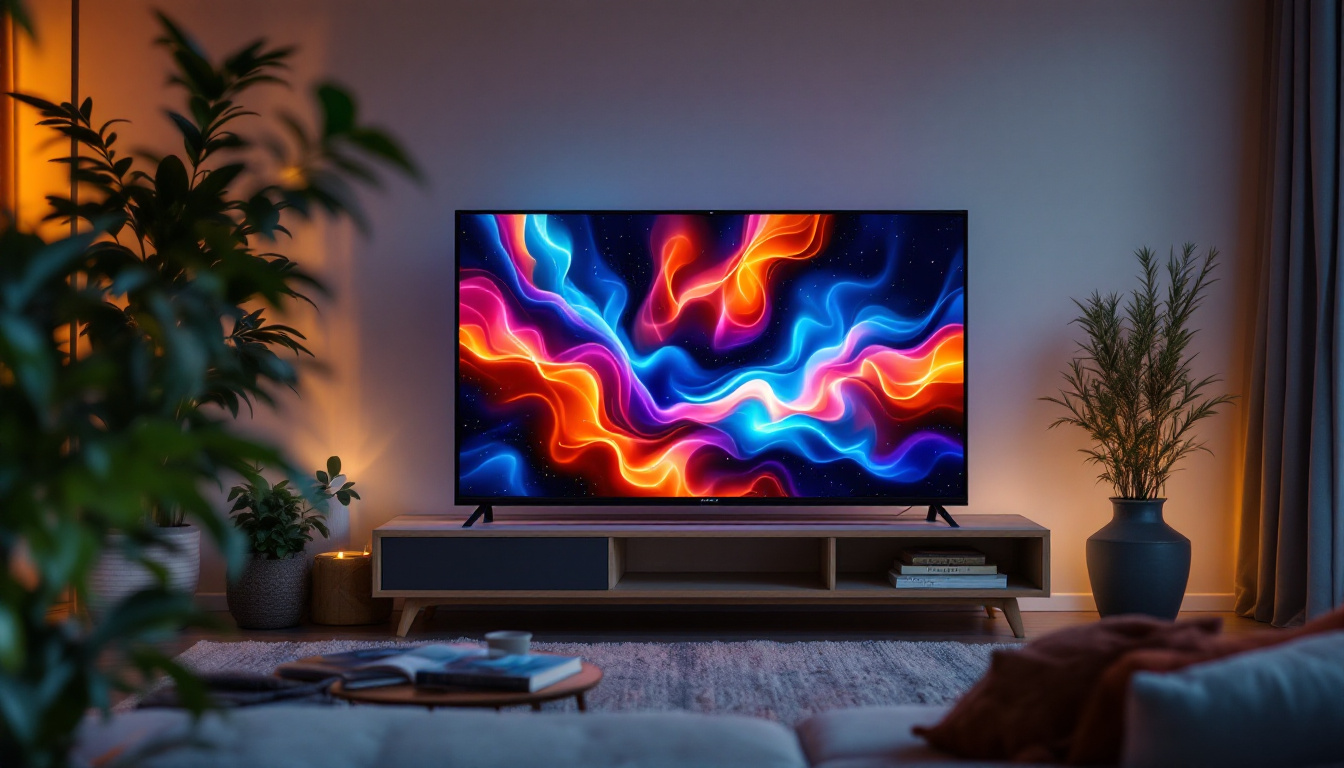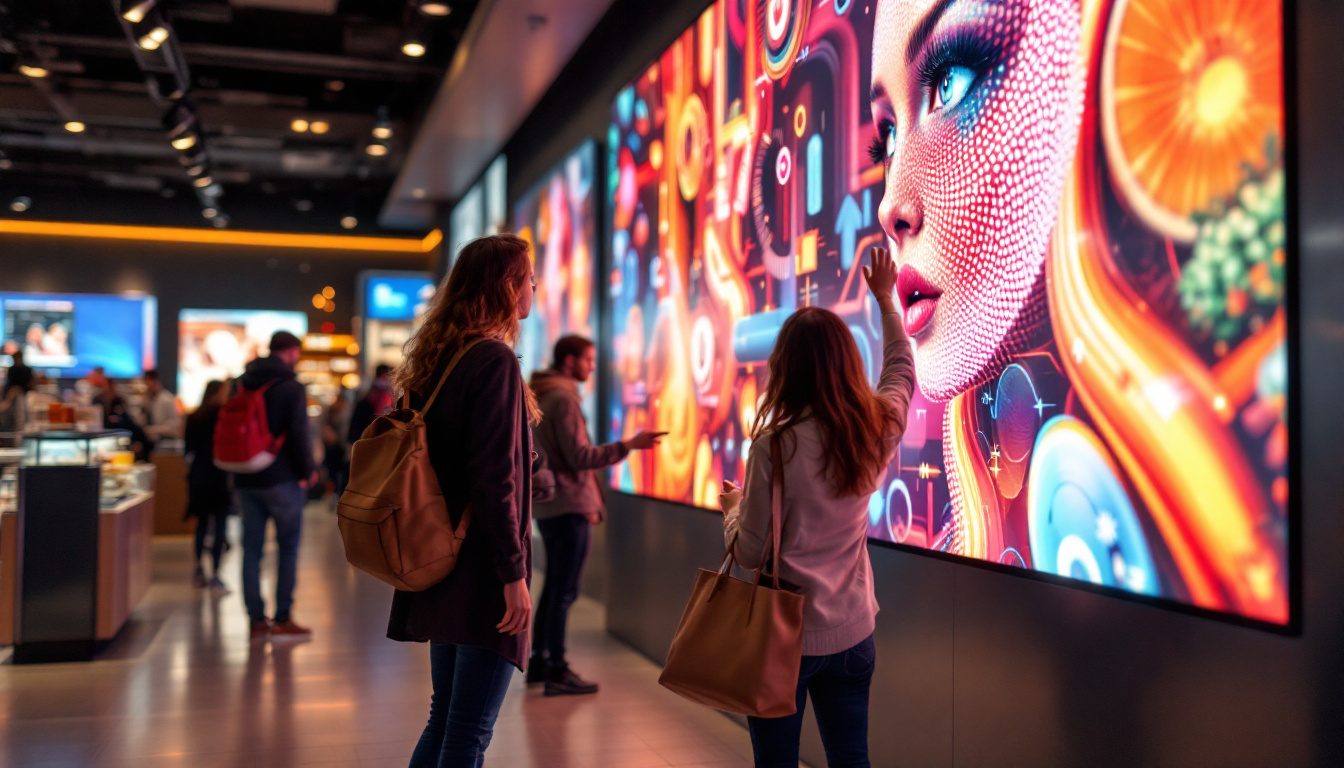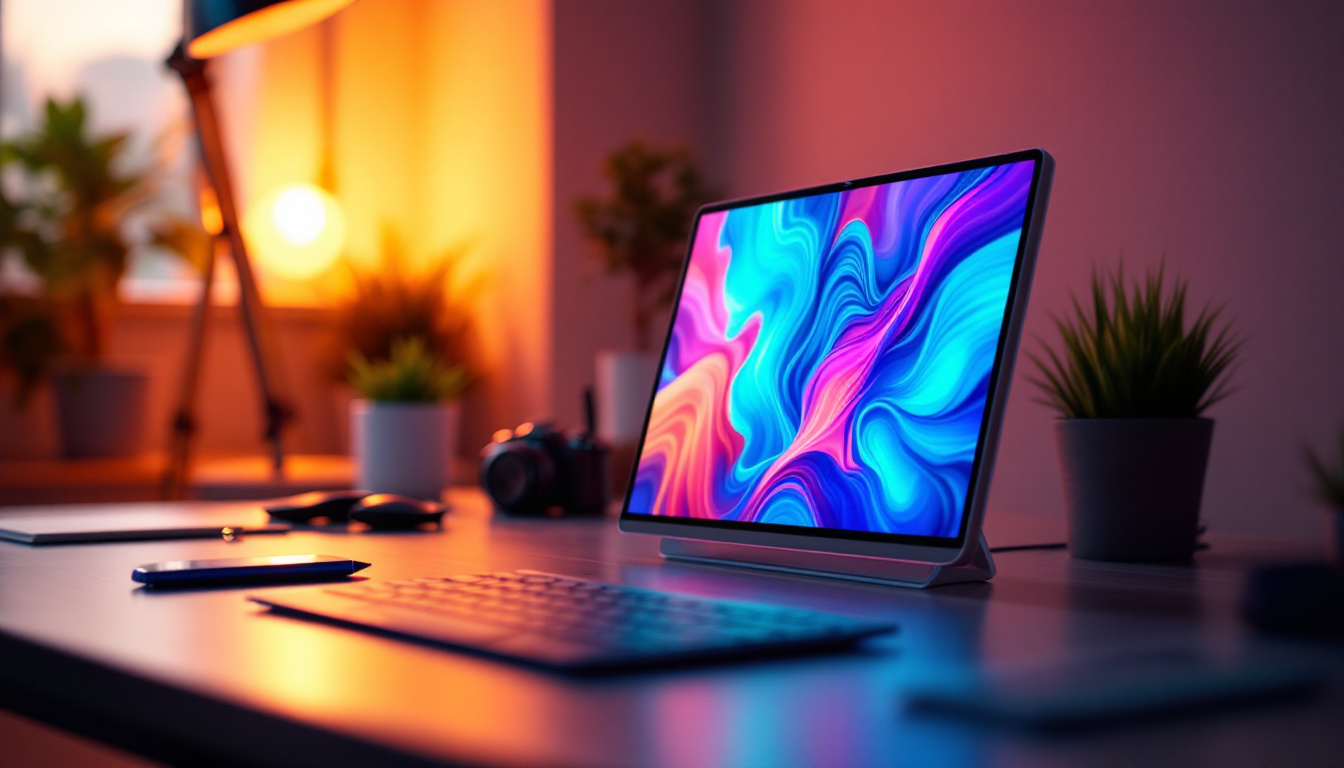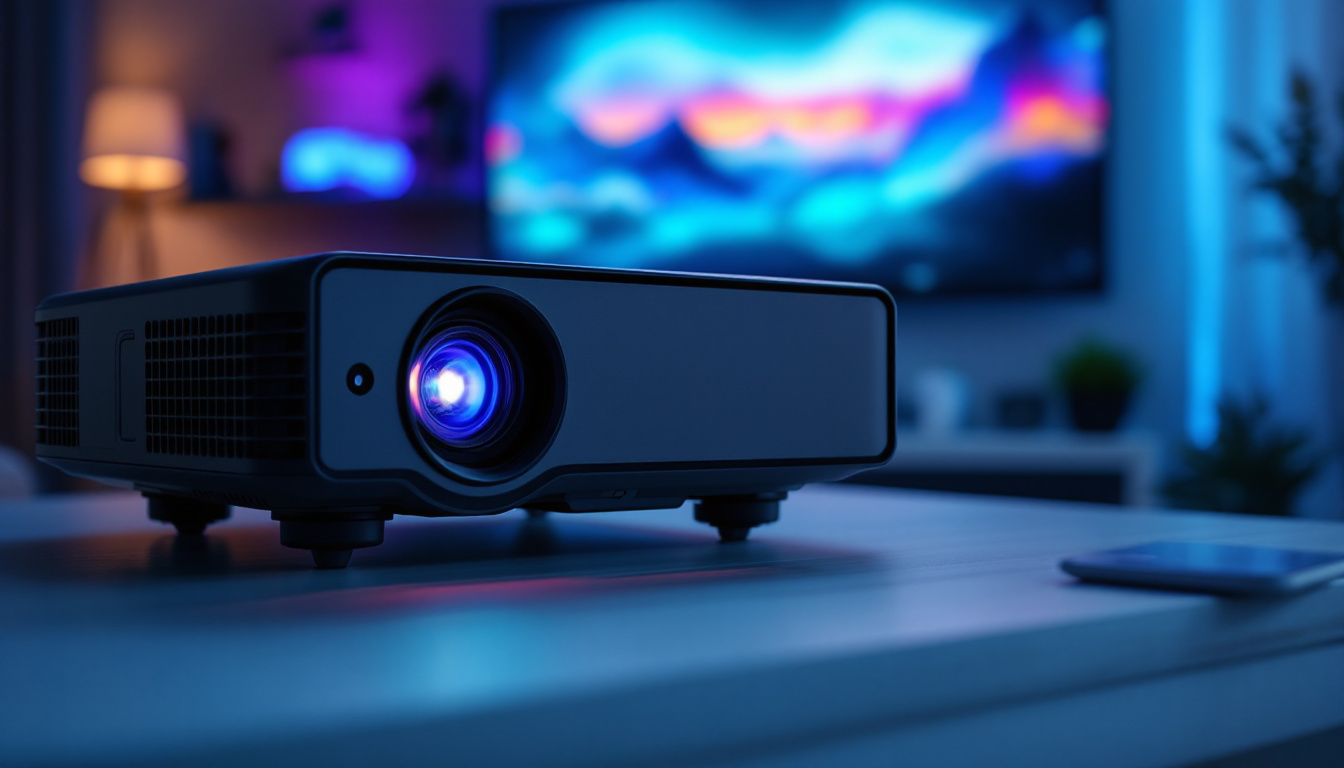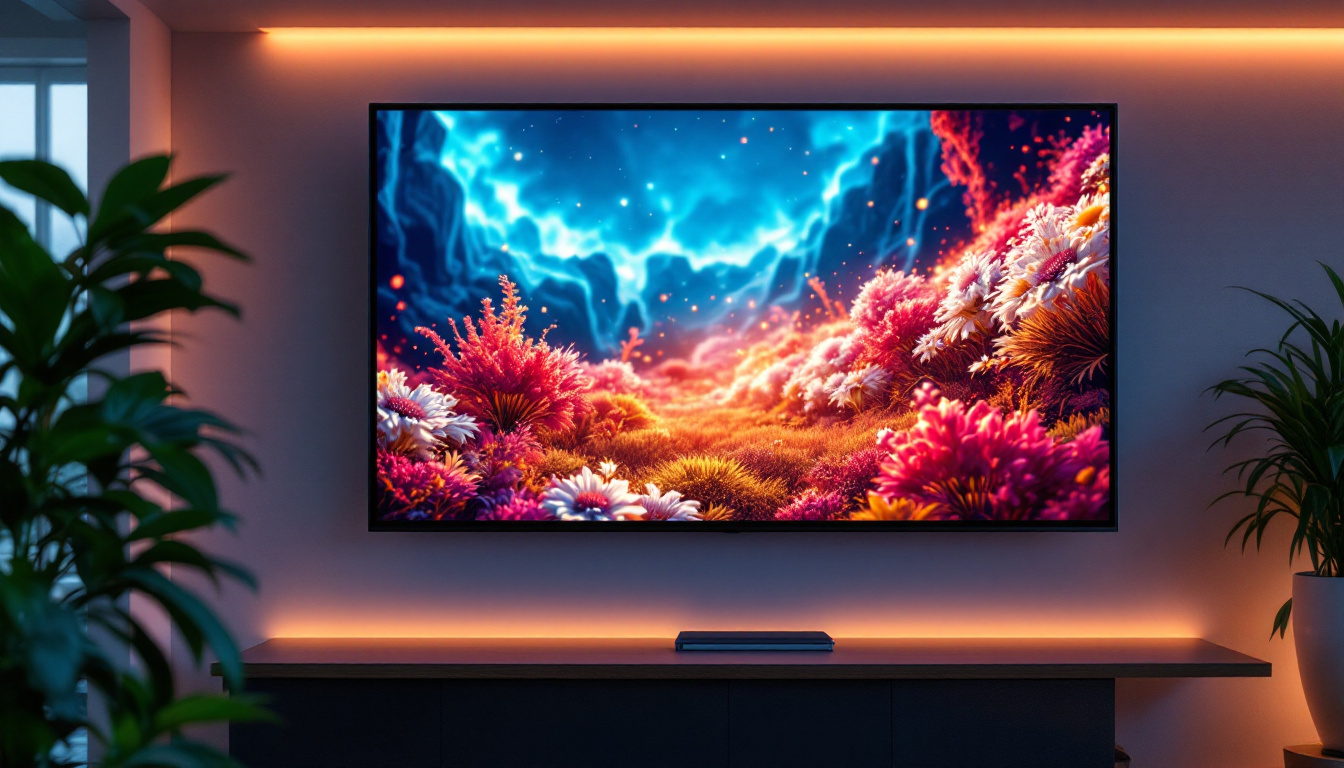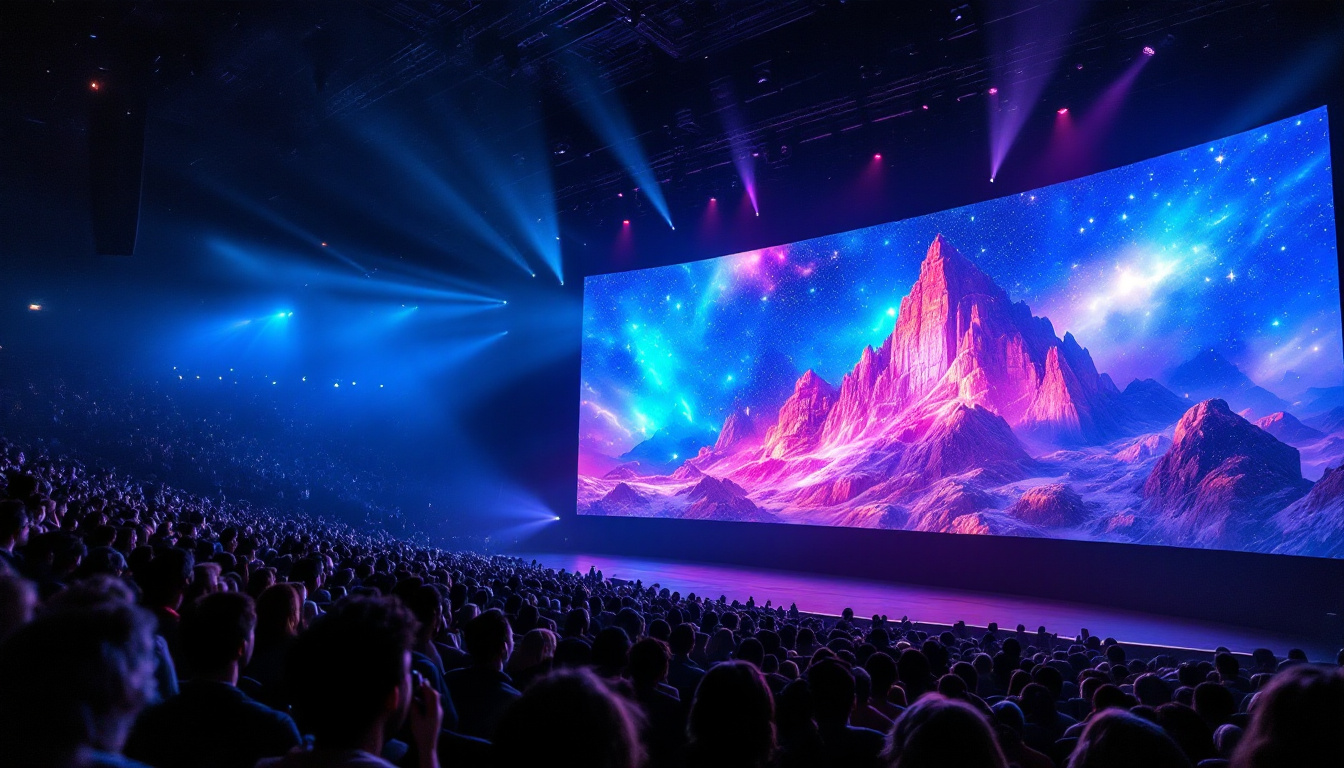The 998 Form is an essential document in various industries, particularly in the realm of electronic displays. It serves as a standardized method for manufacturers and suppliers to convey critical information regarding LED displays. Understanding the nuances of the 998 Form can greatly enhance communication and efficiency in projects involving LED technology. This article delves into the details of the 998 Form, its significance, and how it relates to LED displays.
What is the 998 Form?
The 998 Form is a standardized template used to document specifications, features, and requirements for LED displays. It is primarily utilized by manufacturers, suppliers, and end-users to ensure that all parties involved have a clear understanding of the product being discussed. This form facilitates better communication and helps to prevent misunderstandings that could arise from ambiguous specifications.
In essence, the 998 Form acts as a bridge between different stakeholders in the supply chain. It provides a comprehensive overview of the display’s capabilities, including dimensions, resolution, brightness, power consumption, and other vital metrics. By adhering to this standardized format, manufacturers can streamline their processes, and customers can make informed decisions.
Key Components of the 998 Form
The 998 Form encompasses several critical components that detail the specifications of LED displays. These components include:
- Technical Specifications: This section outlines the display’s resolution, pixel pitch, and refresh rate, which are crucial for determining the quality of the image produced.
- Physical Dimensions: The size and weight of the LED display are documented here, which is essential for installation and compatibility with existing structures.
- Power Requirements: Information regarding voltage, current, and power consumption is included to ensure that the display can be adequately powered without overloading circuits.
The Importance of Standardization
Standardization in the documentation of LED displays is vital for several reasons. Firstly, it ensures consistency across the industry, making it easier for buyers to compare products from different manufacturers. When all parties use the same format, it eliminates confusion and allows for a more straightforward evaluation of features and specifications.
Additionally, standardization fosters innovation. When manufacturers know that they must adhere to specific guidelines, they are encouraged to improve their technology while still meeting the necessary criteria. This leads to advancements in LED display technology, benefiting the entire industry.
Moreover, the 998 Form serves as a valuable tool for regulatory compliance. Many regions have specific standards regarding electronic displays, including safety and environmental considerations. By utilizing the 998 Form, manufacturers can ensure that their products meet these regulations, thereby avoiding potential legal issues and enhancing their marketability. This aspect is particularly important in a global market where regulations can vary significantly from one country to another.
Furthermore, the 998 Form can also be instrumental in post-sale support and maintenance. By having a detailed record of the specifications and requirements, service teams can quickly identify issues and implement solutions without extensive back-and-forth communication with the manufacturer or supplier. This efficiency not only saves time but also enhances customer satisfaction, as clients receive timely and effective support for their LED displays.
How the 998 Form Relates to LED Displays
The relationship between the 998 Form and LED displays is intrinsic. The form is designed specifically to address the unique characteristics and requirements of LED technology. As LED displays become increasingly prevalent in various applications—from advertising to public information systems—the need for clear and concise documentation becomes even more critical.
LED displays are often used in environments where performance and reliability are paramount. The 998 Form helps ensure that the displays meet the necessary standards for these demanding applications. By providing detailed specifications, manufacturers can assure customers of the quality and performance they can expect from their products.
Applications of LED Displays
LED displays are utilized in a wide range of applications, each with its own specific requirements. Some common uses include:
- Advertising: Billboards and digital signage often employ LED technology due to its brightness and visibility, even in direct sunlight.
- Events and Entertainment: Concerts, sports events, and festivals frequently use large LED screens to enhance the audience experience.
- Transportation: LED displays are commonly found in airports and train stations, providing real-time information to travelers.
In addition to these applications, LED displays are also gaining traction in educational institutions, where they serve as dynamic tools for communication and engagement. Schools and universities are increasingly adopting LED technology for displaying announcements, schedules, and even interactive educational content, making learning more visually stimulating and accessible. Furthermore, in retail environments, LED displays are revolutionizing the way brands connect with consumers, offering vibrant product showcases that can be easily updated to reflect current promotions or seasonal changes.
Benefits of Using the 998 Form in LED Display Projects
Utilizing the 998 Form in LED display projects offers numerous advantages. Firstly, it enhances clarity and transparency, ensuring that all stakeholders are on the same page regarding the project’s goals and specifications. This level of communication is vital for successful project execution.
Moreover, the 998 Form aids in project management by providing a clear framework for tracking progress and ensuring that all requirements are met. When issues arise, having a standardized form allows for quicker resolution, as all parties can refer back to the agreed-upon specifications. This is particularly important in large-scale projects where multiple teams may be involved, as it minimizes the risk of miscommunication and helps maintain project timelines. Additionally, the form can serve as a valuable reference for future projects, allowing teams to learn from past experiences and continuously improve their processes.
Challenges in Implementing the 998 Form
While the 998 Form offers many benefits, there are challenges associated with its implementation. One significant issue is the potential for misinterpretation of the specifications. If the form is not filled out correctly or if the terminology is not understood by all parties, it can lead to confusion and errors. This misinterpretation can result in delays in project timelines and increased costs, as stakeholders may need to revisit and correct submissions that do not meet the required standards.
Additionally, not all manufacturers may be familiar with the 998 Form, especially in regions where standardized documentation is less common. This lack of familiarity can hinder effective communication and lead to inconsistencies in the information provided. In some cases, manufacturers may rely on outdated or irrelevant documentation practices, which can further complicate the transition to using the 998 Form. As the industry evolves, it is crucial for all participants to adapt to these new requirements to ensure compliance and maintain competitiveness.
Overcoming Implementation Challenges
To overcome these challenges, it is essential to provide training and resources for manufacturers and suppliers. Workshops and seminars can help familiarize stakeholders with the 998 Form and its importance in the LED display industry. Furthermore, developing clear guidelines and examples of properly completed forms can serve as valuable references. These resources should be easily accessible, perhaps through online platforms or industry-specific forums, to ensure that all parties can benefit from them regardless of their geographical location.
Encouraging collaboration among industry players can also facilitate a smoother implementation process. By sharing best practices and experiences, stakeholders can learn from one another and improve their understanding of the 998 Form. Establishing mentorship programs where experienced manufacturers guide newcomers can foster a culture of support and knowledge-sharing. Additionally, creating a feedback loop where users can report challenges and suggest improvements to the form itself can lead to ongoing refinements, making the 998 Form more user-friendly and effective over time. This collaborative approach not only enhances the implementation of the form but also strengthens relationships within the industry, paving the way for future advancements and innovations.
Future Trends in LED Displays and the 998 Form
The LED display industry is continuously evolving, with new technologies and applications emerging regularly. As the demand for higher resolution, increased brightness, and energy efficiency grows, the specifications outlined in the 998 Form may also need to adapt to reflect these advancements.
Future trends may include the integration of smart technology, allowing LED displays to connect to the internet and provide real-time data updates. This shift could necessitate additional sections in the 998 Form to accommodate new specifications related to connectivity and software requirements.
Impact of Emerging Technologies
Emerging technologies, such as artificial intelligence and machine learning, are likely to influence the LED display landscape significantly. These advancements can enhance the functionality of displays, enabling features like dynamic content adaptation based on audience engagement.
As these technologies become more prevalent, the 998 Form will need to evolve to include specifications related to these advanced features. Keeping the form relevant will be crucial for manufacturers and suppliers to maintain competitive advantages in the market.
Regulatory Considerations
As the LED display industry grows, regulatory considerations will also play a significant role in shaping the future of the 998 Form. Compliance with safety standards and environmental regulations will be paramount, and the form may need to incorporate sections addressing these requirements.
Manufacturers will need to stay informed about changing regulations and ensure that their products meet the necessary criteria. This may involve updating the 998 Form to reflect compliance with new laws and standards, ensuring that all stakeholders are aware of their responsibilities.
Conclusion
The 998 Form is a vital tool in the LED display industry, providing a standardized method for documenting specifications and requirements. Its importance cannot be overstated, as it enhances communication, fosters innovation, and helps ensure that products meet the necessary standards for performance and reliability.
As the industry continues to evolve, so too must the 998 Form. By adapting to emerging technologies and regulatory changes, stakeholders can ensure that they remain competitive and capable of meeting the demands of an increasingly complex market. Embracing the 998 Form not only benefits individual projects but also contributes to the overall advancement of the LED display industry.
Discover Cutting-Edge LED Display Solutions with LumenMatrix
As you consider the importance of the 998 Form in ensuring high-quality LED display projects, take the next step with LumenMatrix. Our commitment to innovation in LED display technology is unmatched, offering a wide array of solutions from Indoor and Outdoor LED Wall Displays to specialized options like Vehicle LED Displays and LED Sports Displays. Whether you’re looking to enhance brand visibility or create a captivating visual experience, LumenMatrix has the expertise to bring your vision to life. Check out LumenMatrix LED Display Solutions today and see how we can revolutionize your visual communication.

